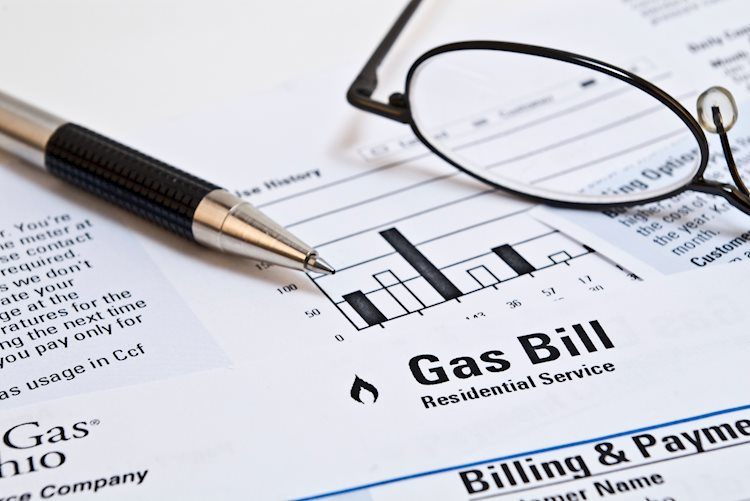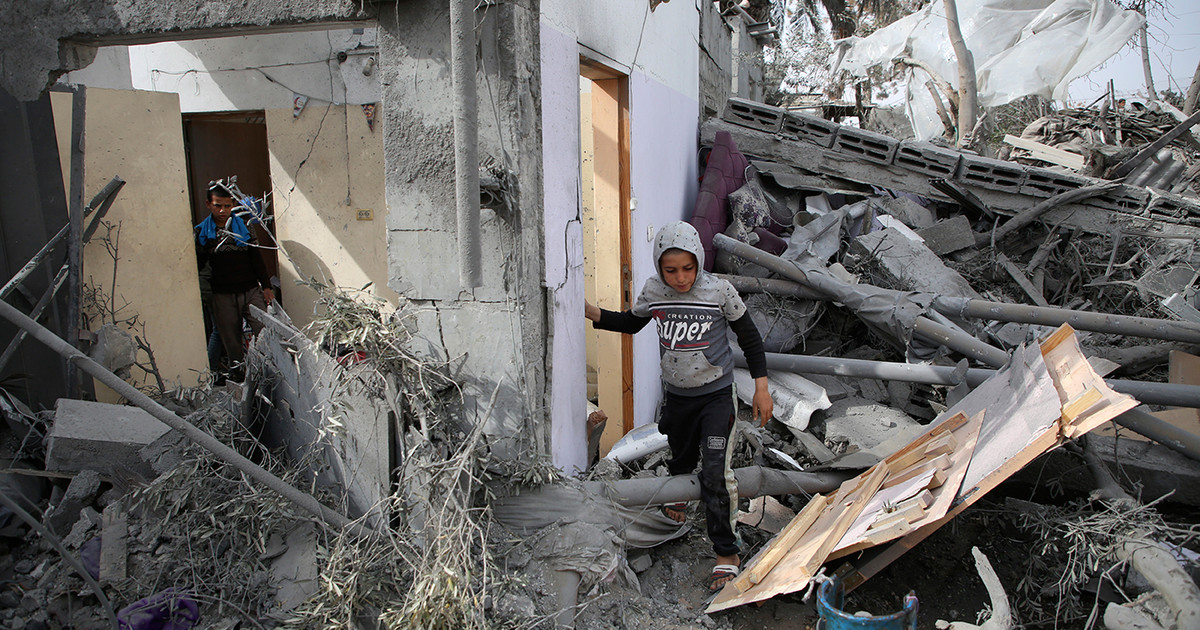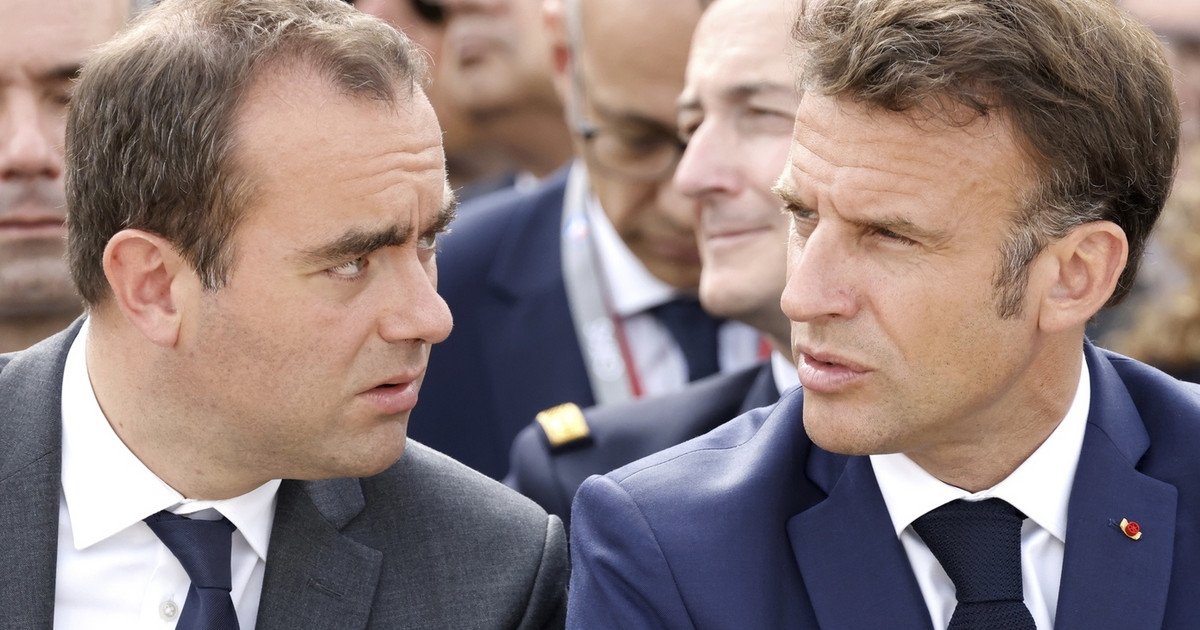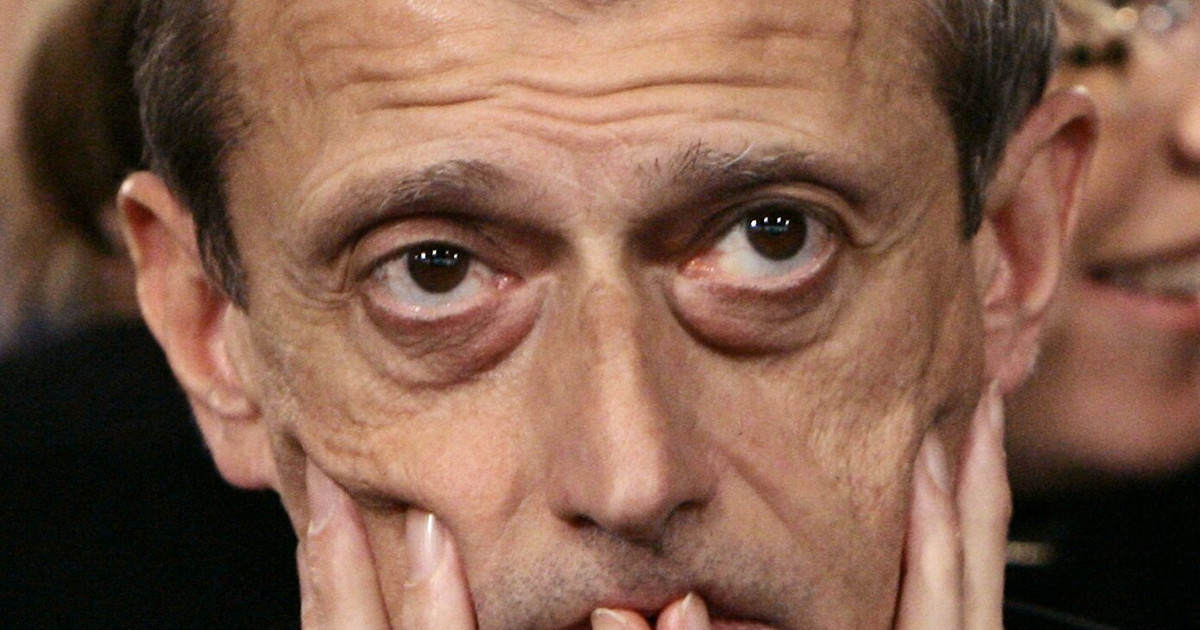The term inflation summarizes an upward movement in prices and, in 2021, this phenomenon spread around the world to the point of talking about a “global inflation”, a consequence of the pandemic of Covid-19.
The idea gained momentum, especially after the records of consumer inflation in the United States, with the biggest high in the last 30 years, and to the producer in China, with the highest elevation in 25 years.
As countries are the two largest economies in the world, inflationary effects, in particular the increase in production costs and product prices, tend to mirror each other.
A common point in many cases are problems in supply chains, with high prices or lack of products, and a heated demand from the population due to government stimulus.
These two factors, according to specialists, are among the main causes of an inflationary phenomenon that should last, at least, until the first half of 2022, affecting the world economic recovery.
The causes
The current scenario of global inflation stems from a series of issues that emerged from the same event, the Covid-19 pandemic.
“The pandemic is an element external to the economy, it is not an economic phenomenon, but it has economic consequences because it disrupts production with the need for periods of isolation,” says Simão Silber, a professor at FEA-USP.
The stoppages, necessary to contain the spread of the coronavirus, led to a drop in production and, consequently, in the supply of products. At the same time, population demand grew as economies reopened, in addition to incentives with aid programs by various governments to mitigate the economic impacts of the pandemic.
In this scenario, the famous law of supply and demand came into play: if demand is greater than supply, prices rise.
“Governments have carried out very significant income transfer programs. So, on the one hand, production drops, but much of the demand remains, with an increase in income, via fiscal transfers”, says the professor.
One of the reasons why inflation is seen less and less as transitory, but rather as persistent, is the difficulty of production chains to realign and balance supply and demand again.
One of the main examples is the lack of chips enough to meet the production needs of electronics and automobiles, leading to shortages.
In the case of China there is still the “zero Covid” policy, which leads to constant plant closures and affects production to some degree.
already in the oil case, the main producers, meeting in the Organization of Petroleum Exporting Countries (OPEC) cut production during the pandemic, and have not yet decided to return to the level prior to the health crisis, limiting supply while demand remains high.
Armando Castelar, associate researcher at Ibre-FGV, also cites the world rise in food prices as a factor for inflation. In this case, it is primarily linked to a series of extreme weather events that affected production, such as frost and drought in Brazil.
Added to this are the high prices of containers used in maritime transport, again due to a demand greater than supply, which increases export costs and raises prices.
For William Castro, chief strategist at consultancy Avenue, all these factors created a scenario of scarcity, or lack of certain products, which leads to higher prices. The problem that some countries, like the United States, are going through not find workers for vacancies lower pay also makes the problem worse.
“Many people choose not to work or work differently than before. The world has not yet completely returned to normal”, says Castro.
According to Silber, the scenario ended up becoming global precisely because the pandemic has a global character, in addition to the intense connection of supply chains, passing through several countries. In addition, local phenomena in some countries or regions worsen inflation.
In Europe, countries are dealing with an increase in natural gas prices, both because of increased Chinese demand and the Russia’s smallest production, main supplier. The rise affects electricity bills, affecting consumers and producers, and making products and services more expensive.
In China, a energy crisis has hampered production. The country cut coal imports and production to combat climate changes, but failed to meet all energy demand with other sources. As a result, energy prices rose and blackouts became more frequent.
Brazil also has high inflation, associated with a series of factors, such as an energy crisis with the greatest water crisis in 90 years, a more heated demand for income support programs, the strong dollar and fiscal uncertainties. Fiscal uncertainties, associated with the policy, also worsen the inflation scenario in other countries, such as the Turkey.
“This is all reflected in inflation, whether in the United States, China or Brazil, and the forecast is still for higher prices to protect margins [de lucro]. Much was said that [a inflação] it was transitory, but it has been temporarily permanent”, says Castro.
The effects for economic recovery
In addition to the immediate effect that the population feels with inflation – the reduction of their purchasing power – an inflationary scenario can have other consequences. The main one is the response of the central banks: raising interest rates to discourage consumption, that is, demand, and make prices fall, at the expense of slowing down economies.
For specialists, the big debate today is to understand when, exactly, countries are going to start raising their rates to fight inflation. William Castro states that each country must be analyzed individually, as it is necessary to consider internal factors.
“It’s hard to see this happening in Europe, which is recovering now and is feeling the impact of inflation more today. The United States is further ahead in this regard. In Japan, it’s not something that makes sense to think about, because the GDP has dropped. They have had a stagnation scenario for years,” he says.
At the same time, Castelar recalls that several emerging countries have already started to raise their interest rates to contain inflation, case of Brazil.
“Since the dollar is still a world currency, its increase with the rise in interest rates creates additional pressure on the real and other emerging currencies,” says Silber.
Or central bank of the United States, or Federal Reserve, has already taken some measures to contain inflation. “Instead of buying an amount of treasury bills every month to inject money into the economy, it will reduce that amount of purchase until it stops in 2022. The Fed predicts at least two interest increases in 2022 as well, with the rate ending at 1 %”, says the teacher.
However, the central bank has faced pressure to bring these increases forward to the first half of 2022. Any variation in interest rates has a global impact, in the sense of withdrawing investments from countries, especially emerging ones, with the greater attractiveness of US bonds.
“It is obvious that there are pressures for the Fed to stop this purchase faster and to accelerate the hike in interest rates. It’s possible, but the economy has been showing signs that the Fed wants to see, in particular, a drop in the unemployment rate. Reaching the goal could speed up this process”, says Castro.
Castelar considers that “the trend is for the US interest rate to rise, most likely from the second half of 2022. Expectations are still high there, and higher interest rates are needed to contain it. But the market doesn’t put that, they haven’t priced such a big increase yet”.
the same pressures begin to emerge in Europe, in relation to the European Central Bank (ECB) and even in China. Behind them is the view that inflation will last longer than expected, and it is not exactly transitory as some said before, including the Fed, hence the need to accelerate interest rate hikes.
The experts consulted by the CNN Brasil Business agree that inflation is likely to remain high in the first half of 2022, but it is difficult to know how high.
“The debate today is not whether it will rise further, but how fast it will fall. It’s difficult to go up that much more because prices are already too high, so it wouldn’t be the size of the hike that has already taken place,” says Castelar.
Thus, the question, for him, is whether inflation is falling or is entering a phase of sustained high inflation, which would require a period of stronger real interest rates, with greater action by central banks.
“I think the worst phase is over, but that doesn’t mean the effect is over. It should last until 2022. As far as I can keep track, only 2023 should have organized the global supply process, “says Silber.
For Castro, the Federal Reserve has, in general, been successful in convincing the market that inflation tends to be controlled within a two-year horizon, which avoids panic and the need for “greater remedies”.
The danger, for the analyst, is what he calls the “export” of inflation from the United States and, in particular, from China. “They are the two largest economies in the world. If it goes up there, it goes up in every country in the world. This without considering the effect on the dollar”, he says.
According to him, it will be possible to assess at some level the degree of gravity of the situation, paying attention, first, to whether the rise in inflation for China’s producers will remain and will reach consumer inflation, which would result in a slowdown in the country’s economy and bring repercussions negative for numerous countries, including Brazil. So far, this doesn’t seem to be the case.
In addition, “the prices of commodities are super important to monitor, especially oil and iron, and see if it will fall or rise. They anticipate high production levels. Inflationary expectations, which in the United States are more under control, and in Brazil are starting to get out of control, demand attention”.
According to him, the worst scenario in the world with persistent inflation and high interest rates would be the so-called stagflation, when prices increase without economic growth and the population becomes poorer. “For Brazil, this hits in full, mainly thinking about inflation and employability”.
For Brazil, Castelar says that inflation should be lower than current levels, with the combination of the effects of higher interest rates with a lower cost of energy and gasoline rising less. However, fiscal risks, the election year and the possibility of a rise in the dollar with an increase in interest rates in the United States could weigh negatively.
“In the case of Brazil, and to a lesser extent elsewhere, the pandemic held back inflation in services a lot, and now with the reopening, the tendency is for it to start to rise. It will be a source of inflation next year as well,” he says.
“Global inflation has already worsened a lot, it is already incorporated into the disorganization of production. Additional Covid outbreaks are happening, in Europe for example, with feedlots in China as well. Perhaps the worst is not over yet”, says Silber.
Reference: CNN Brasil
I am Sophia william, author of World Stock Market. I have a degree in journalism from the University of Missouri and I have worked as a reporter for several news websites. I have a passion for writing and informing people about the latest news and events happening in the world. I strive to be accurate and unbiased in my reporting, and I hope to provide readers with valuable information that they can use to make informed decisions.




